Home>Home Appliances>Home Automation Appliances>Why Won’t Alexa Connect To Bluetooth
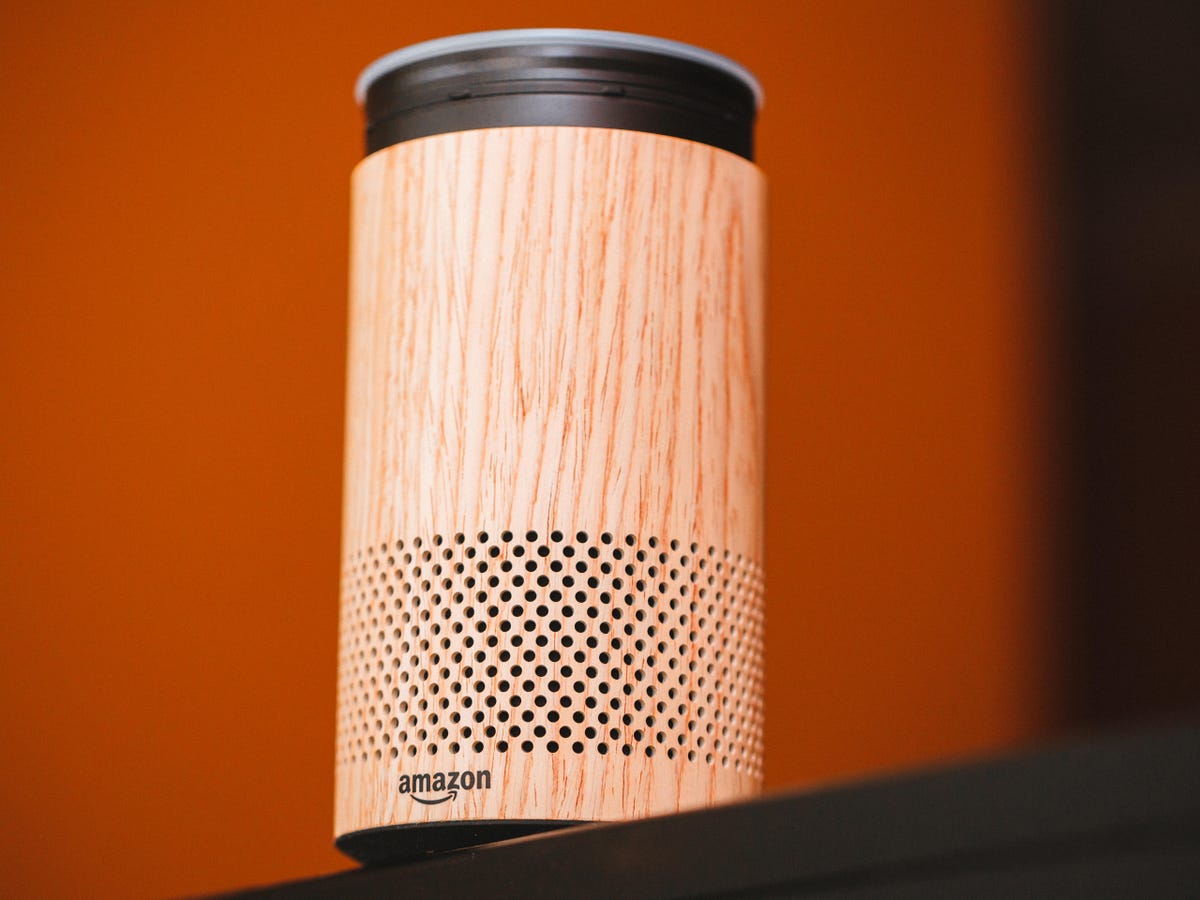

Home Automation Appliances
Why Won’t Alexa Connect To Bluetooth
Modified: August 16, 2024
Having trouble connecting Alexa to Bluetooth? Learn how to troubleshoot and fix issues with home automation appliances in simple steps.
(Many of the links in this article redirect to a specific reviewed product. Your purchase of these products through affiliate links helps to generate commission for Storables.com, at no extra cost. Learn more)
Introduction
Read more: Why Is Alexa Not Connecting To Bluetooth
Understanding Bluetooth Connectivity
Bluetooth technology has revolutionized the way we interact with our devices, offering seamless wireless connectivity for a wide range of applications. When it comes to smart home devices, such as Amazon's Alexa, Bluetooth connectivity plays a crucial role in enabling users to stream music, make calls, and control various smart appliances. Understanding how Alexa utilizes Bluetooth can shed light on the potential issues that may arise when attempting to establish a connection.
Amazon’s Alexa devices feature built-in Bluetooth functionality, allowing users to pair their smartphones, tablets, or other compatible devices to stream audio content or use the Alexa app as a speaker. This capability enhances the versatility of Alexa devices, enabling users to enjoy their favorite music, podcasts, and audiobooks without the need for physical connections.
Moreover, Bluetooth connectivity enables Alexa to interface with a wide array of smart home appliances, extending its capabilities to control lighting, thermostats, and other connected devices. This seamless integration exemplifies the convenience and flexibility that Bluetooth technology offers within the context of a smart home ecosystem.
However, despite the myriad benefits of Bluetooth connectivity, users may encounter challenges when attempting to connect their Alexa devices to Bluetooth-enabled gadgets or establish a stable connection with their smartphones. Understanding the common issues that can impede Alexa’s Bluetooth connectivity is crucial for troubleshooting and resolving these issues effectively.
By delving into the intricacies of Alexa's Bluetooth functionality and identifying potential hurdles, users can take proactive measures to optimize their smart home experience and ensure a seamless Bluetooth connection with their Alexa devices.
Read more: Why Is Alexa Not Connecting To Bluetooth
Understanding Bluetooth Connectivity
Bluetooth technology has become ubiquitous in modern households, offering a convenient means of wirelessly connecting devices and enabling a myriad of applications. In the context of smart home devices, such as Amazon’s Alexa, Bluetooth connectivity serves as a cornerstone for seamless interactions and expanded functionality.
When a user pairs their smartphone, tablet, or other compatible devices with an Alexa-enabled speaker or smart display, they harness the power of Bluetooth to stream audio content, make hands-free calls, and leverage the Alexa app as a speaker for enhanced versatility. This wireless capability eliminates the constraints of physical connections, empowering users to enjoy their favorite music, podcasts, and audiobooks with unparalleled convenience.
Furthermore, Bluetooth connectivity enables Alexa to interface with a diverse range of smart home appliances, amplifying its utility as a centralized hub for home automation. By leveraging Bluetooth technology, users can effortlessly control lighting, adjust thermostats, and manage an array of connected devices, thereby enhancing their overall smart home experience.
It is important to note that while Bluetooth connectivity offers unparalleled convenience, it is not immune to potential challenges. Interference from other electronic devices, signal obstructions, and software compatibility issues can all contribute to disruptions in Bluetooth connectivity, impacting the seamless operation of Alexa devices.
Understanding the intricacies of Bluetooth connectivity empowers users to troubleshoot common issues effectively, ensuring a robust and reliable connection between their Alexa devices and Bluetooth-enabled gadgets. By gaining insight into the underlying mechanisms of Bluetooth technology and its integration with Alexa, users can proactively address connectivity issues and optimize the performance of their smart home ecosystem.
Ultimately, Bluetooth connectivity lies at the heart of Alexa’s versatility, enabling users to harness the full potential of their smart devices and seamlessly integrate them into their daily lives. By embracing the capabilities of Bluetooth technology and navigating its potential challenges, users can unlock a world of possibilities within their smart home environment.
Common Issues with Alexa Bluetooth Connectivity
While Bluetooth connectivity enhances the functionality of Amazon’s Alexa devices, users may encounter a range of common issues that hinder the seamless operation of this wireless technology. Understanding these prevalent challenges is pivotal for troubleshooting and optimizing the Bluetooth connectivity of Alexa devices.
One of the primary issues that users may face is difficulty in pairing their Alexa devices with Bluetooth-enabled gadgets. This can stem from compatibility issues, outdated software, or improper pairing procedures. Additionally, intermittent disconnections or audio playback interruptions during Bluetooth streaming sessions can diminish the user experience, highlighting the need to address potential signal interference or range limitations.
Furthermore, users may encounter challenges when attempting to establish a stable Bluetooth connection between their smartphones and Alexa devices. Inconsistent pairing, audio latency, or distorted sound quality can detract from the seamless integration of these devices, necessitating targeted troubleshooting measures to rectify these issues.
Signal interference from other electronic devices, such as Wi-Fi routers, cordless phones, or microwave ovens, can also disrupt Bluetooth connectivity, leading to connectivity issues and compromised performance. Identifying and mitigating sources of interference is essential for maintaining a robust and reliable Bluetooth connection with Alexa devices.
Moreover, software updates and firmware issues can impact the compatibility and performance of Bluetooth connectivity on Alexa devices. Outdated software or firmware may introduce bugs or compatibility conflicts, hindering the seamless operation of Bluetooth-enabled features and necessitating timely updates to rectify these issues.
Lastly, environmental factors, such as physical obstructions or long distances between devices, can impede Bluetooth connectivity, leading to signal degradation and compromised performance. Understanding the impact of environmental variables on Bluetooth range and signal strength is crucial for optimizing the placement of Alexa devices and mitigating potential connectivity challenges.
By recognizing these common issues and their underlying causes, users can implement targeted troubleshooting strategies to enhance the Bluetooth connectivity of their Alexa devices, ensuring a seamless and immersive smart home experience.
Make sure your Alexa device and the Bluetooth device you’re trying to connect to are within range of each other. Also, check that the Bluetooth device is in pairing mode and not already connected to another device.
Troubleshooting Steps
When encountering issues with Alexa Bluetooth connectivity, implementing targeted troubleshooting steps can help users address common challenges and optimize the performance of their smart home ecosystem. By following these proactive measures, users can effectively troubleshoot Bluetooth connectivity issues and ensure a seamless connection with their Alexa devices.
1. Ensure Compatibility and Updated Software: Verify the compatibility of Bluetooth-enabled devices with Alexa and ensure that all devices have the latest software updates installed. Compatibility issues and outdated software can impede seamless Bluetooth connectivity.
2. Optimize Device Placement: Position Alexa devices and Bluetooth-enabled gadgets in close proximity to minimize signal interference and optimize Bluetooth range. Avoid obstructions and electronic devices that may disrupt Bluetooth signals.
3. Check for Signal Interference: Identify potential sources of signal interference, such as Wi-Fi routers, cordless phones, or microwave ovens, and relocate devices to mitigate signal disruptions and enhance Bluetooth connectivity.
4. Restart Devices: Power cycle Alexa devices, smartphones, and Bluetooth-enabled gadgets to reset connections and resolve temporary connectivity issues. Rebooting devices can often restore stable Bluetooth connections.
5. Reset Bluetooth Pairing: Clear existing Bluetooth pairings on Alexa devices and smartphones, then re-establish the connections to eliminate potential pairing inconsistencies and optimize Bluetooth performance.
6. Update Firmware and Software: Ensure that Alexa devices and Bluetooth-enabled gadgets have the latest firmware and software updates installed. Timely updates can address compatibility issues and enhance Bluetooth connectivity.
7. Test Different Devices: Experiment with pairing Alexa devices with different Bluetooth-enabled gadgets to isolate potential compatibility issues and determine the optimal device pairings for stable connectivity.
8. Monitor Environmental Factors: Assess the impact of environmental variables, such as physical obstructions and distance between devices, on Bluetooth connectivity. Optimize device placement to mitigate environmental factors that may hinder Bluetooth performance.
9. Contact Customer Support: If persistent Bluetooth connectivity issues persist, reach out to customer support for Alexa devices and Bluetooth-enabled gadgets to seek further assistance and potential solutions.
By proactively implementing these troubleshooting steps, users can effectively address common issues with Alexa Bluetooth connectivity and optimize the seamless integration of their smart home devices. These measures empower users to overcome connectivity challenges and elevate their smart home experience through robust Bluetooth connectivity.
Read more: How To Connect Alexa To Bluetooth Speaker
Conclusion
Bluetooth connectivity serves as a fundamental pillar of Amazon’s Alexa ecosystem, empowering users to seamlessly integrate their smart devices and enjoy a diverse range of audio streaming and home automation capabilities. Understanding the nuances of Bluetooth technology and the potential challenges associated with Alexa Bluetooth connectivity is essential for optimizing the performance and reliability of these interconnected devices.
By delving into the intricacies of Bluetooth connectivity, users can proactively troubleshoot common issues and implement targeted strategies to ensure a robust and stable connection between their Alexa devices and Bluetooth-enabled gadgets. From addressing signal interference to optimizing device placement and conducting thorough compatibility checks, users can navigate potential hurdles and elevate their smart home experience through enhanced Bluetooth connectivity.
Furthermore, staying abreast of software updates and firmware enhancements is crucial for maintaining the compatibility and performance of Bluetooth-enabled features on Alexa devices. Timely updates can address compatibility conflicts and introduce optimizations that bolster the seamless operation of Bluetooth connectivity within the smart home environment.
As users navigate the dynamic landscape of smart home technology, embracing the potential of Bluetooth connectivity and proactively troubleshooting connectivity issues empowers them to unlock the full potential of their Alexa devices. Whether streaming music, making calls, or controlling smart home appliances, a robust Bluetooth connection ensures a seamless and immersive user experience.
Ultimately, by leveraging the insights and troubleshooting measures outlined in this guide, users can navigate common challenges with Alexa Bluetooth connectivity and harness the transformative capabilities of Bluetooth technology within their smart home ecosystem. Through proactive troubleshooting and a deep understanding of Bluetooth connectivity, users can optimize their smart home experience and unlock a world of possibilities with Amazon’s Alexa devices.
Frequently Asked Questions about Why Won't Alexa Connect To Bluetooth
Was this page helpful?
At Storables.com, we guarantee accurate and reliable information. Our content, validated by Expert Board Contributors, is crafted following stringent Editorial Policies. We're committed to providing you with well-researched, expert-backed insights for all your informational needs.
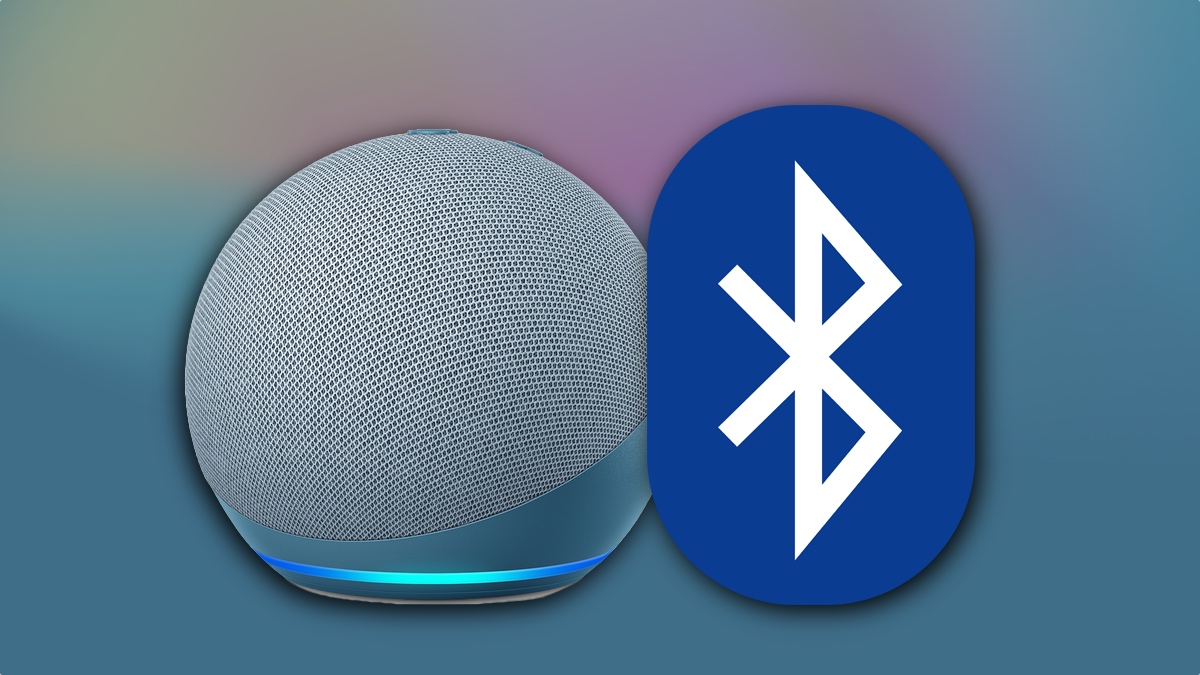
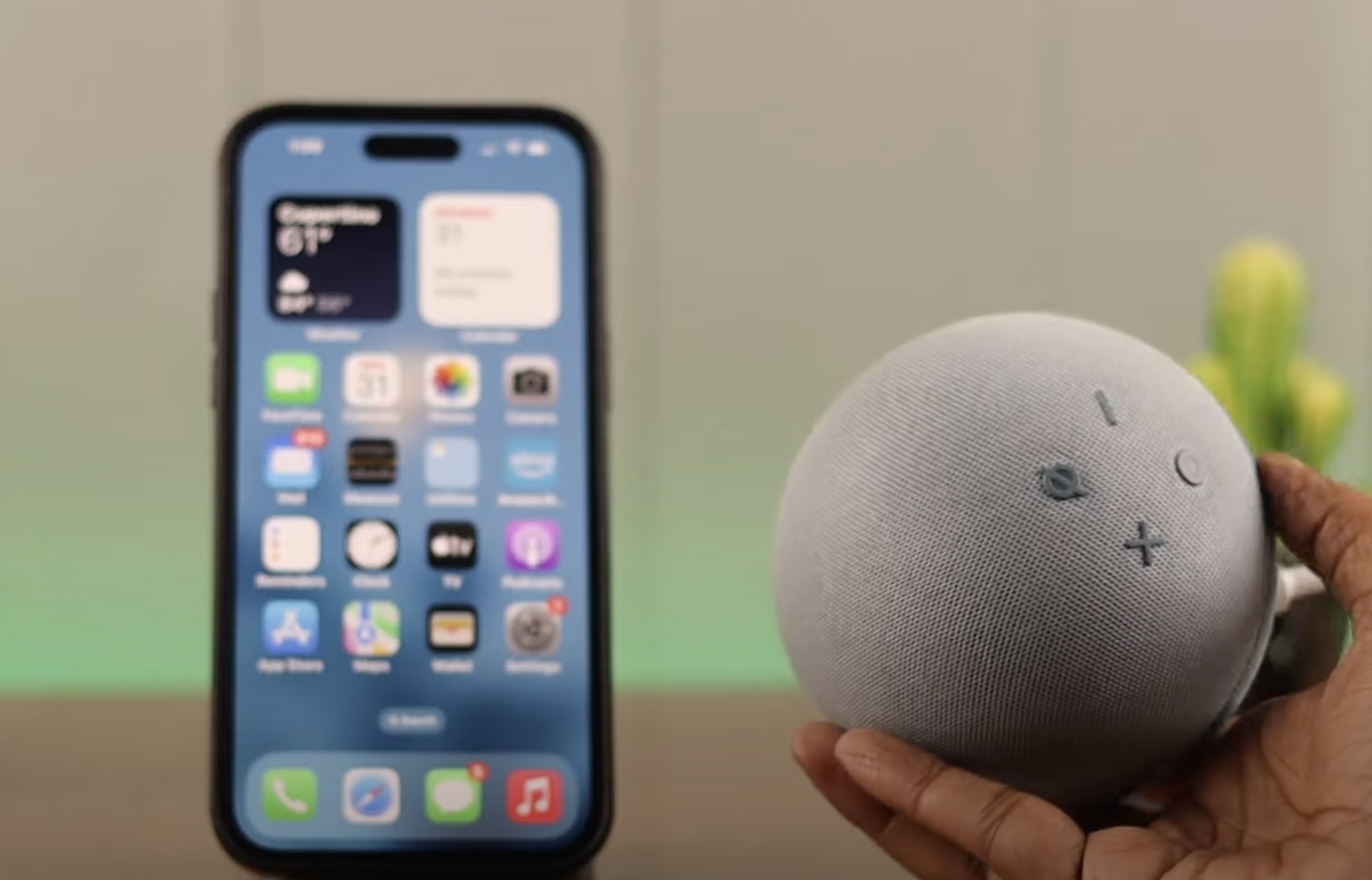
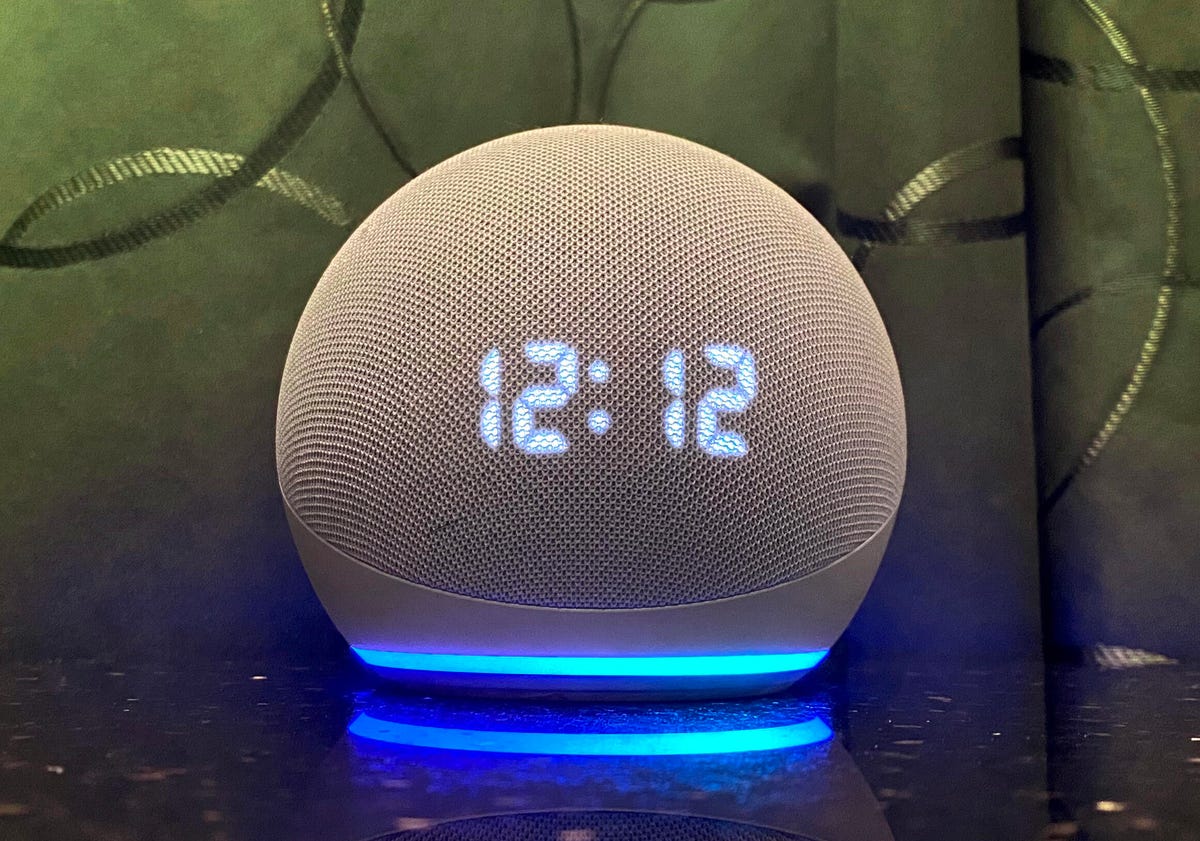
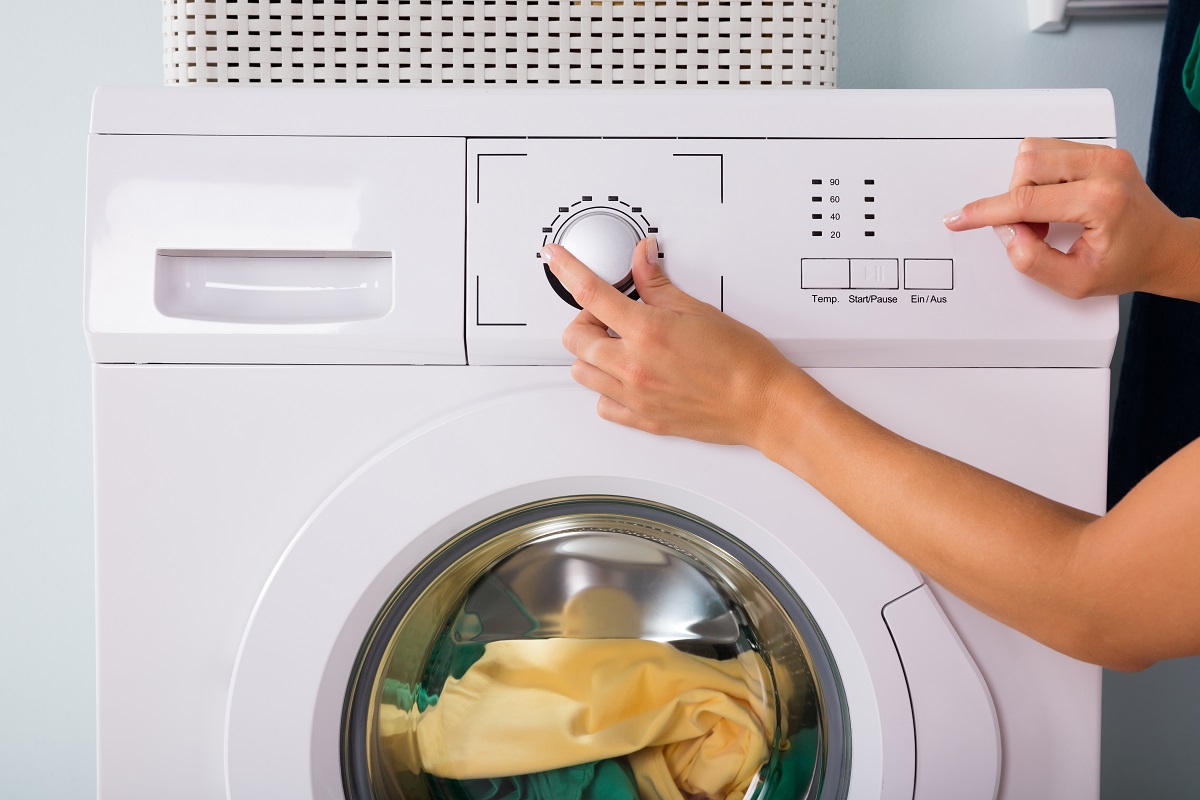
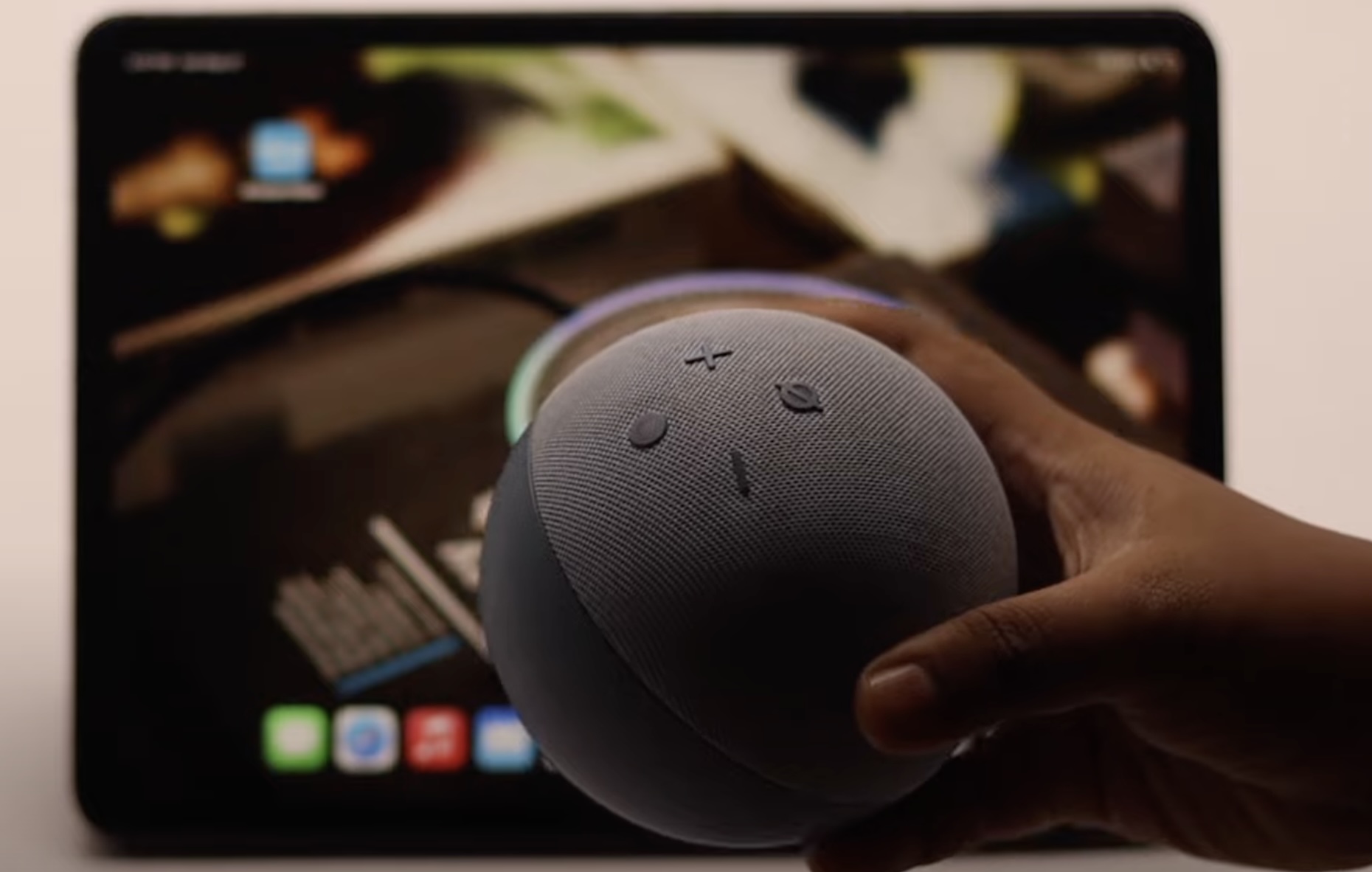


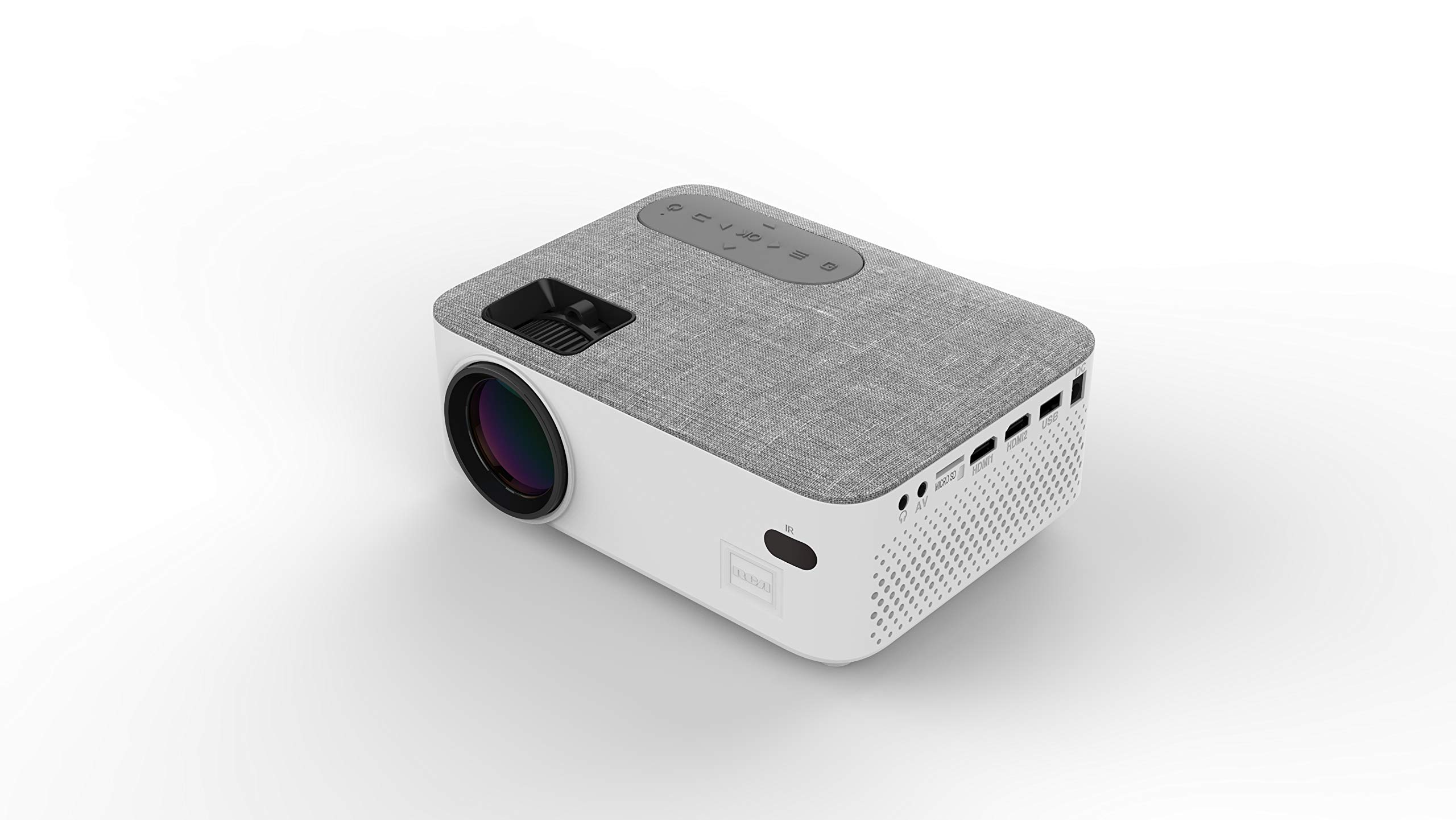
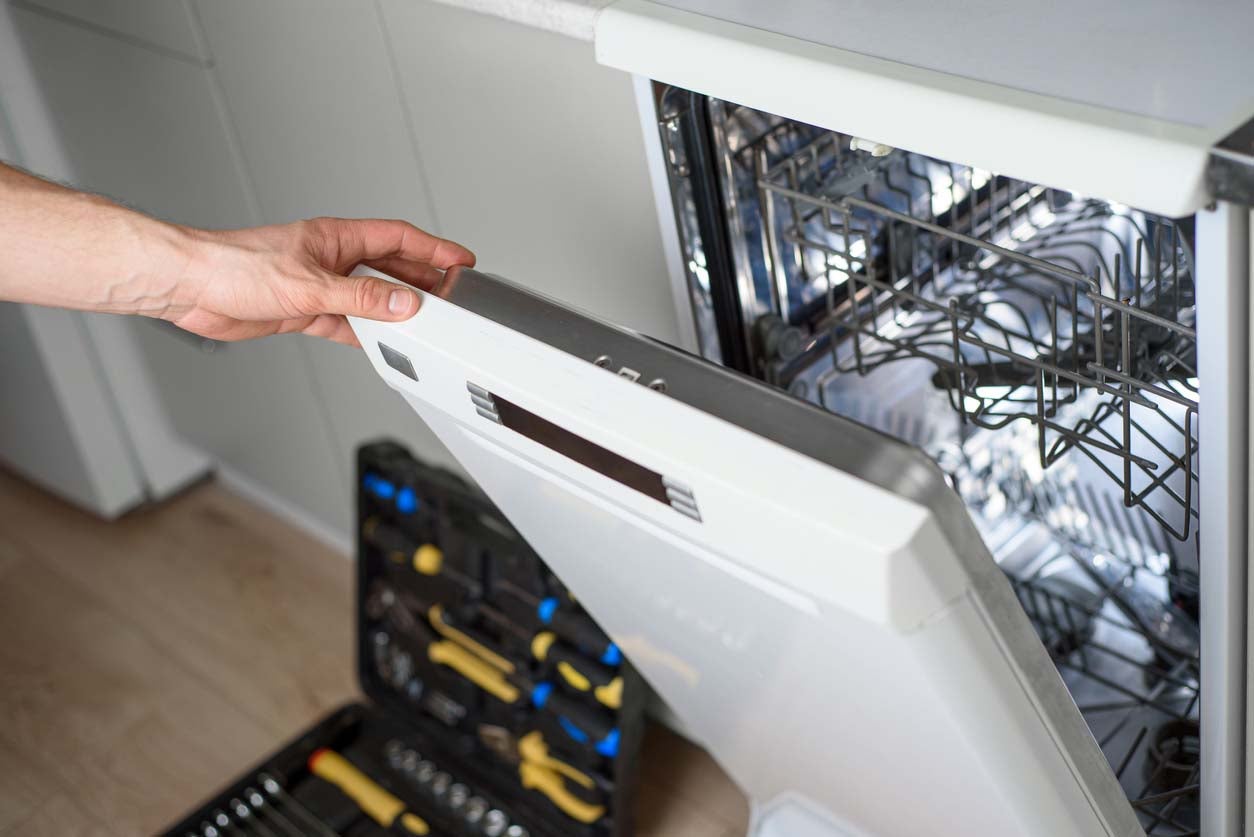
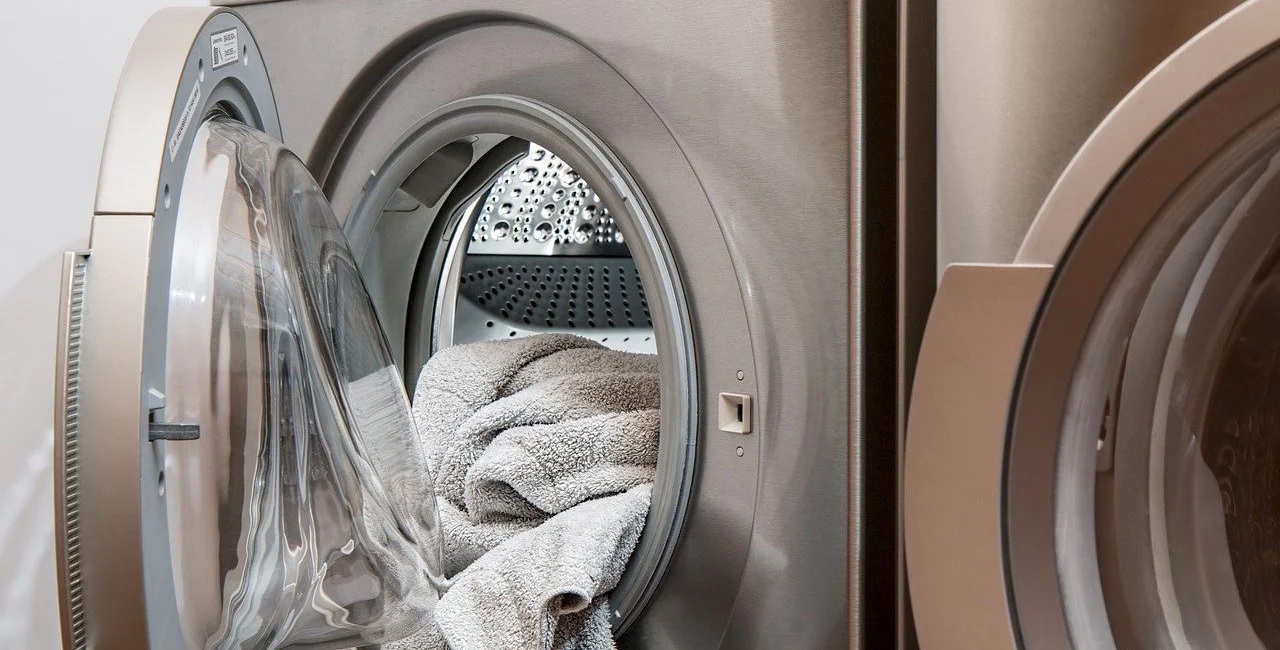
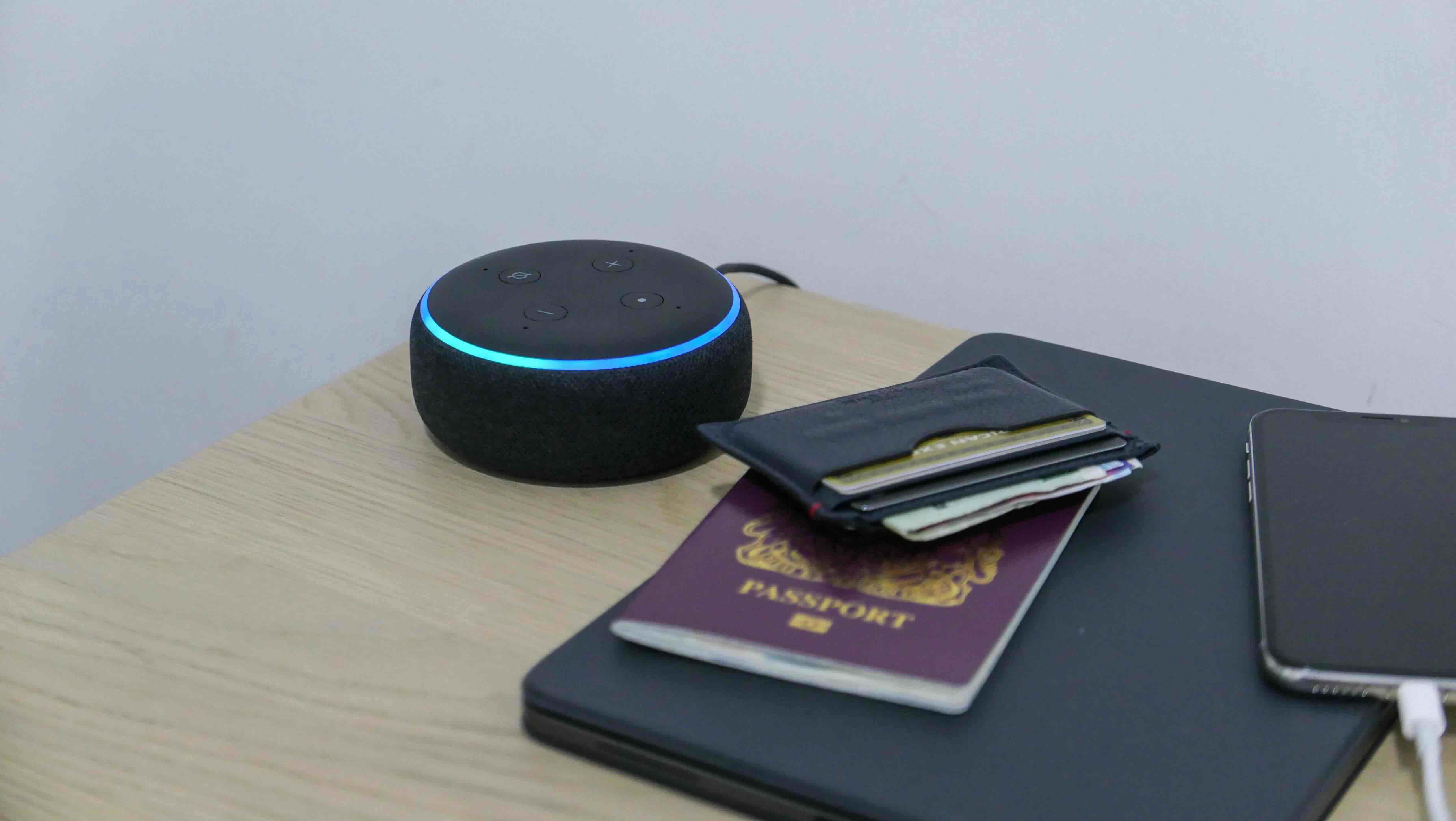
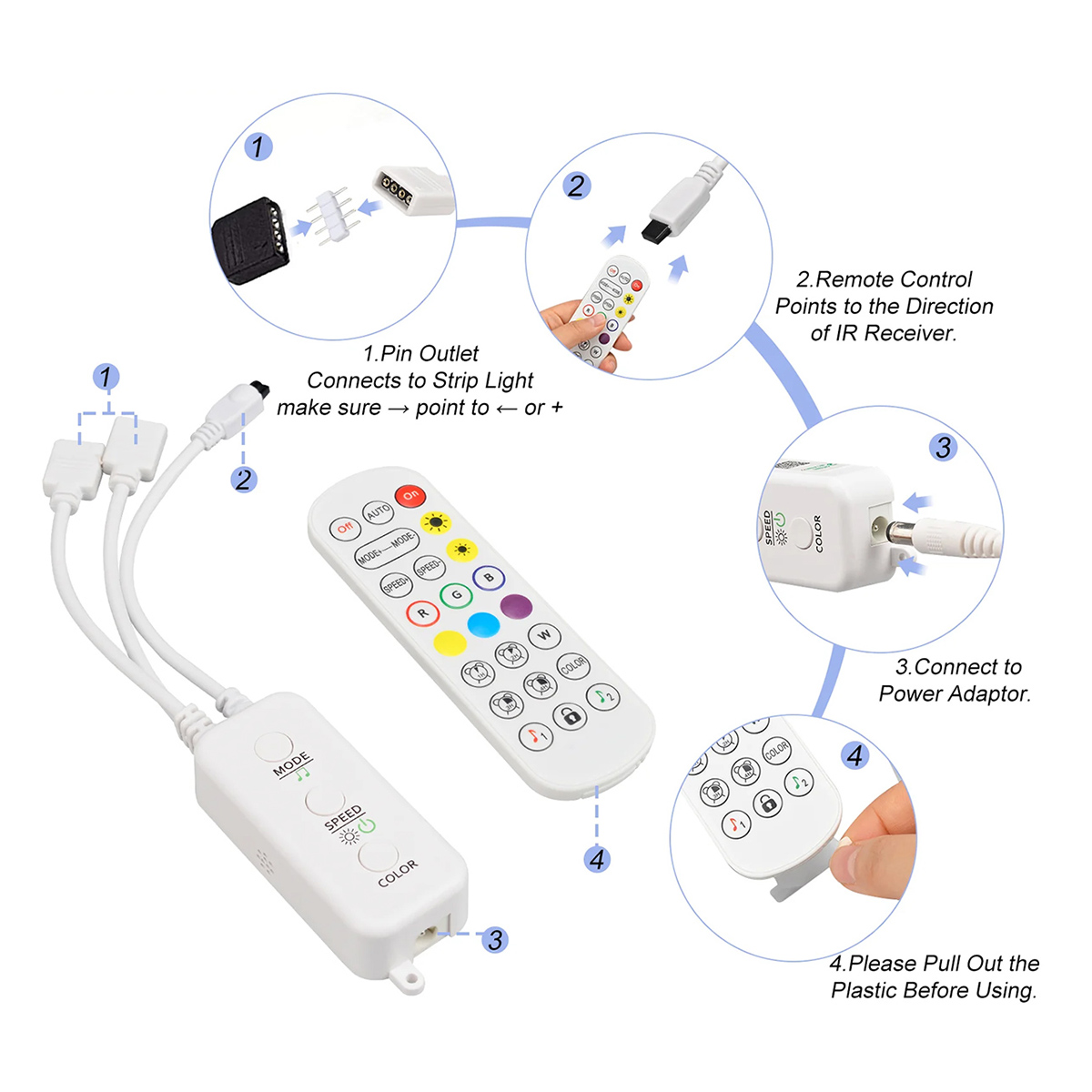
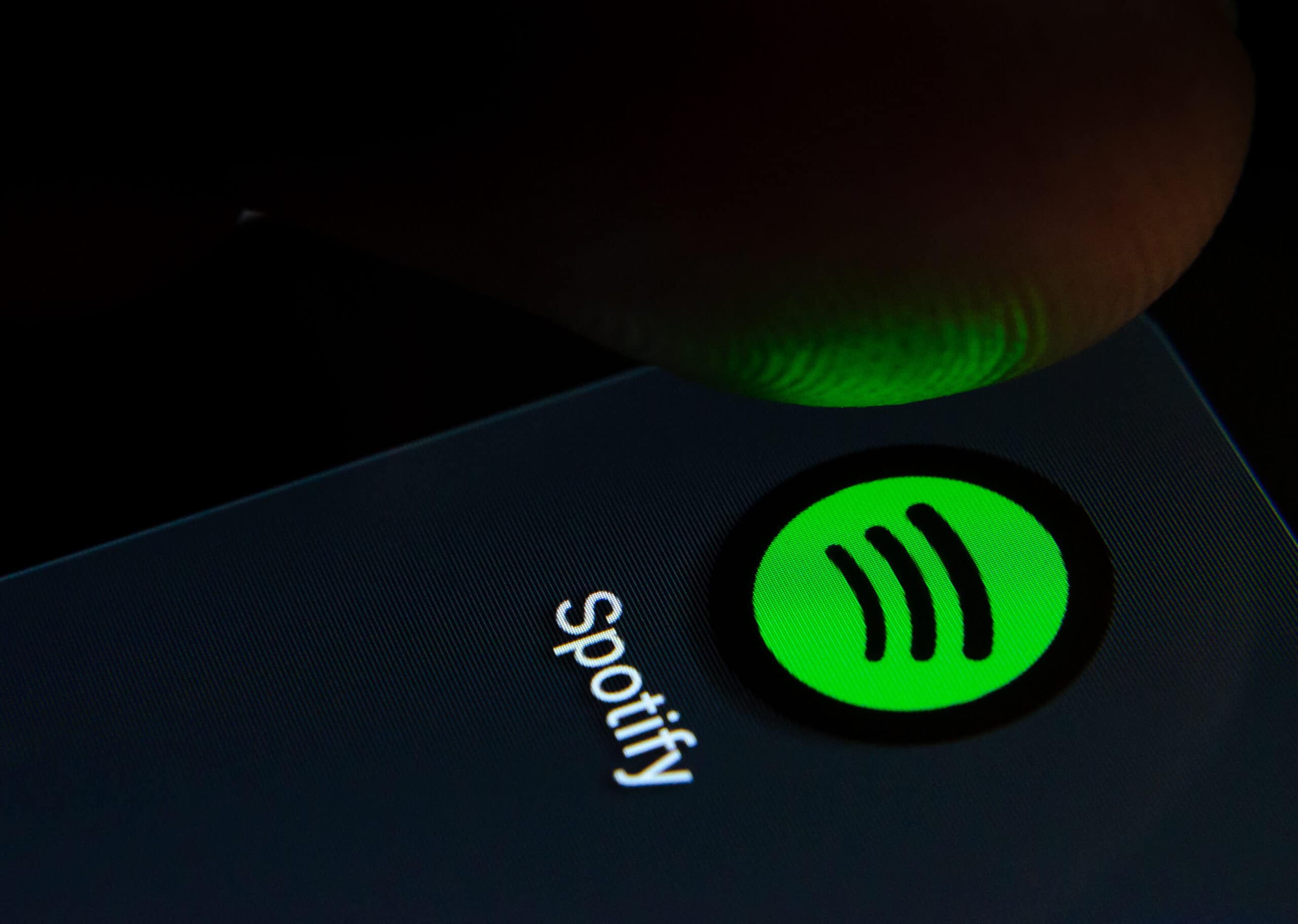


0 thoughts on “Why Won’t Alexa Connect To Bluetooth”